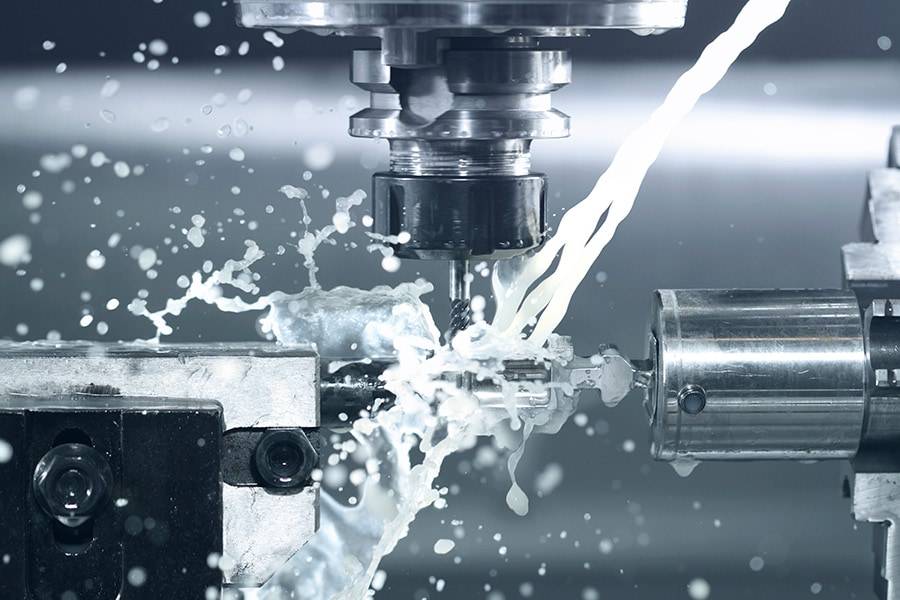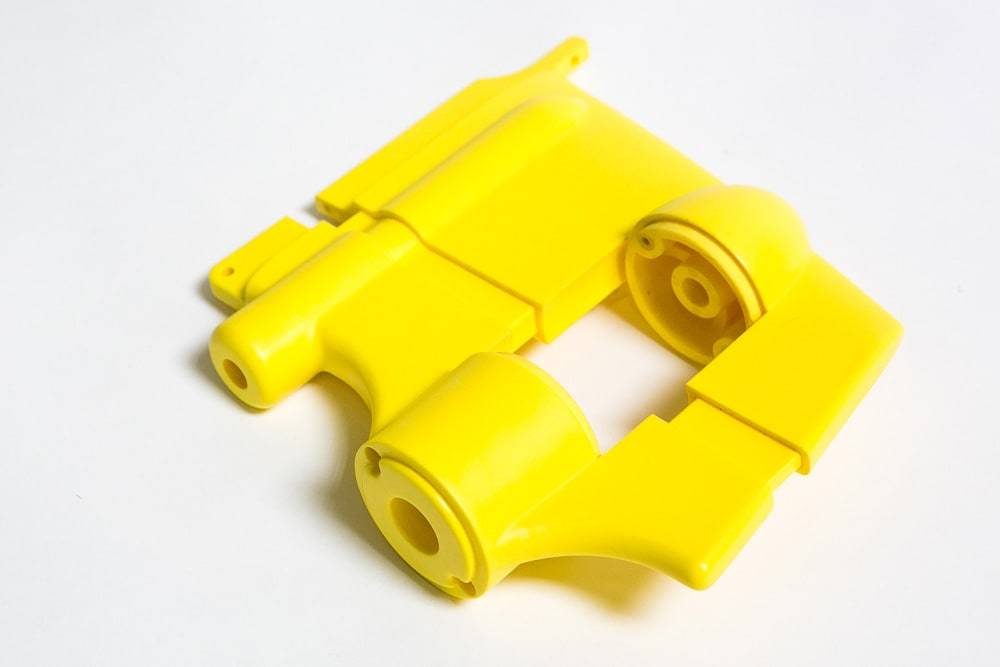When every angle of your product has been scrutinized, tested, debated, and approved, it’s go time. At Dinsmore Inc., we use advancements in Rapid Manufacturing to create products that are ready for your customers. Originally, Rapid Manufacturing evolved from different types of prototype building technologies and techniques to create a process that can be both extremely cost-effective and time efficient. We are invested in making sure you receive your prototype or final product in the timeframe you’re expecting it. We are pleased to offer both Rapid Prototyping and Rapid Manufacturing services. Consider us as the rapid response team when it comes to manufacturing critical components for your project. We offer the following services to help customers meet their Rapid Manufacturing needs.
Whether it’s a complete product or a replacement part, whether you need a single piece or hundreds, we will work with you to see your project through.
Our Rapid Manufacturing Technologies include:

CNC Machining
The most common technique used to manufacture molds, Computer Numerical Control (CNC) Machining creates complex parts using pre-programmed computer software to control machine tools such as lathes, drills, mills, routers, and grinders. Compared to manual The smooth function of automated machines precisely produces 3D parts can by assigning cuts to specified areas on various levels on the material. Because CNC machining involves code written and revised by programmers, there is a significant investment depending on the complexity of the part. However, this process can accommodate a variety of angles, complexities, and materials which would be almost impossible to produce using manual machining methods. Complete products are manufactured in one operation, eliminating the need for a multi-staged production, making CNC machining services an economical choice for complex, repeatable, and precise rapid manufactured parts. Contact us for our CNC machining services.

Injection Molding
Injection molding is used for producing anything from surgical tools to automobiles. It is a process that involves the initial investment of creating a mold which often requires a high degree of skill due to the complex design and multiple machine operations needed to make it. Depending on the application, 3D Printing may be either a better production alternative or a way to view a prototype prior to investing in a mold. Molds are often 3D generated models, designed with cavities and a core, and then split evenly into half. Injection molding is accomplished by very quickly injecting molten material into the mold until it is filled. Because of this process, it has some limitations with components where the cross section of material is extremely thin. However, injection molding can produce a large amount of parts with tight tolerances that do not require secondary machining. Discuss your project for our Injection Molding Services.

MC² Plating
Metal Clad Composite (MC²) plating is a process Dinsmore is helping to pioneer, using the Stereolithography (SLA) technology that’s behind many of the prototypes we develop, and applying metal cladding to those finished products. Copper-nickel composite coating (called a cladding) is electrically applied to plastic. Using SLA materials selected for the requirements of the application, the cladding is electrically applied to give the part the performance and durability that is much closer to solid metal than can be normally achieved through SLA materials alone. As a result, engineers can design and test the performance of metallic parts under real-world conditions for longer cycles than possible with SLA parts without the MC2 Plating. This also saves time due to the shorter production runs it takes to produce these parts with Additive Manufacturing compared to traditional manufacturing methods. Learn how our MC2 Plating services can help with your project.

Plastic Casting
Plastic Casting is a process using a rigid frame or mold to shape plastic. Using this technique, high volume parts can be created with complex designs. Using the mold for the cast to shape the part, the synthetic material usually polyurethane or epoxy is heated and then compressed into the mold. Due to the high temperature and materials used, the mold will gradually degrade and experience a loss in detail. Depending on part tolerances and the number of runs for the mold, a 3D printed plastic injection mold could be a viable alternative Plastic Casting. Consult with our team for our Plastic Casting services.
